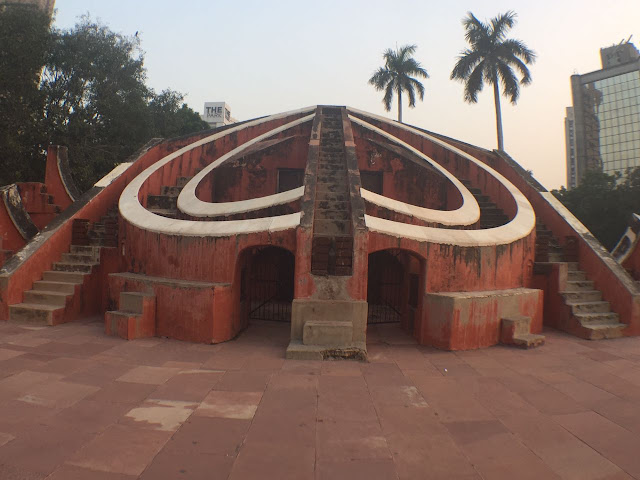All These Photographs are of Gurmukhi commemorative stone and old and new photographs of Old times grand Gurudwara Sahib located in Daftu village Near Lalyani Distt Kasur, Punjab, Pakistan.
Gurmukhi commemorative stone Erected on the entrance door of the Gurdwara Sahib reads as:
'<> siq nwmu krqw purKu inrBau inrvYru Akwl mUriq AjUnI sYBM gur pRswid ] ] jpu ] Awid scu jugwid scu ] hY BI scu nwnk hosI BI scu[ gurduAwrw dbQU.
Roman transliteration: ik-oNkaar sat naam kartaa purakh nirbha-o nirvair akaal moorat ajoonee saibhaN gur parsaad jap. aad sach jugaad sach. hai bhee sach naanak hosee bhee sach. Gurdwara Dabthu.
English Translation: One Universal Creator God. The Name Is Truth. Creative Being Personified. No Fear. No Hatred. Image Of The Undying, Beyond Birth, Self-Existent. By Guru's Grace. Chant And Meditate: True In The Primal Beginning. True Throughout The Ages. True Here And Now. O Nanak, Forever And Ever True. Gurdwara Dabthu.'
Renowned Researcher Baba Je Iqbal Qaiser Sahib says in his World famous book 'Historical Sikh Sherines In Pakistan' about this Gurdwara Sahib in this way:
'The historic town of Laliani is situated on the Lahore-Ferozpur road. A very famous Village by the name of Daftu is located at a distance of four Kilometer from Lalyani. The beautiful building of the Gurdwara inside the Village in visible from a distance. It is said that this was the Gurdwara where Baba Bullhe Shah took refuge when he was banished from the Village by the Chaudhris (Leaders) of Pandoki.
It is a very big fort-like Gurdwara. 80 Squares of lands is said to be endowed to this gurdwara by Bibi Isher Kaur the famous sardarni (chieftain). The house of Bibi Isher Kaur is in the Village popularly known as Ishero-de-Mehel (the palace of Ishero) which is gradually becoming a heap of dust.'
Photographs By Mr. Imran William Sahib + Iqbal Qasir Sahib
Gurmukhi commemorative stone Erected on the entrance door of the Gurdwara Sahib reads as:
'<> siq nwmu krqw purKu inrBau inrvYru Akwl mUriq AjUnI sYBM gur pRswid ] ] jpu ] Awid scu jugwid scu ] hY BI scu nwnk hosI BI scu[ gurduAwrw dbQU.
Roman transliteration: ik-oNkaar sat naam kartaa purakh nirbha-o nirvair akaal moorat ajoonee saibhaN gur parsaad jap. aad sach jugaad sach. hai bhee sach naanak hosee bhee sach. Gurdwara Dabthu.
English Translation: One Universal Creator God. The Name Is Truth. Creative Being Personified. No Fear. No Hatred. Image Of The Undying, Beyond Birth, Self-Existent. By Guru's Grace. Chant And Meditate: True In The Primal Beginning. True Throughout The Ages. True Here And Now. O Nanak, Forever And Ever True. Gurdwara Dabthu.'
Renowned Researcher Baba Je Iqbal Qaiser Sahib says in his World famous book 'Historical Sikh Sherines In Pakistan' about this Gurdwara Sahib in this way:
'The historic town of Laliani is situated on the Lahore-Ferozpur road. A very famous Village by the name of Daftu is located at a distance of four Kilometer from Lalyani. The beautiful building of the Gurdwara inside the Village in visible from a distance. It is said that this was the Gurdwara where Baba Bullhe Shah took refuge when he was banished from the Village by the Chaudhris (Leaders) of Pandoki.
It is a very big fort-like Gurdwara. 80 Squares of lands is said to be endowed to this gurdwara by Bibi Isher Kaur the famous sardarni (chieftain). The house of Bibi Isher Kaur is in the Village popularly known as Ishero-de-Mehel (the palace of Ishero) which is gradually becoming a heap of dust.'
Photographs By Mr. Imran William Sahib + Iqbal Qasir Sahib


























































